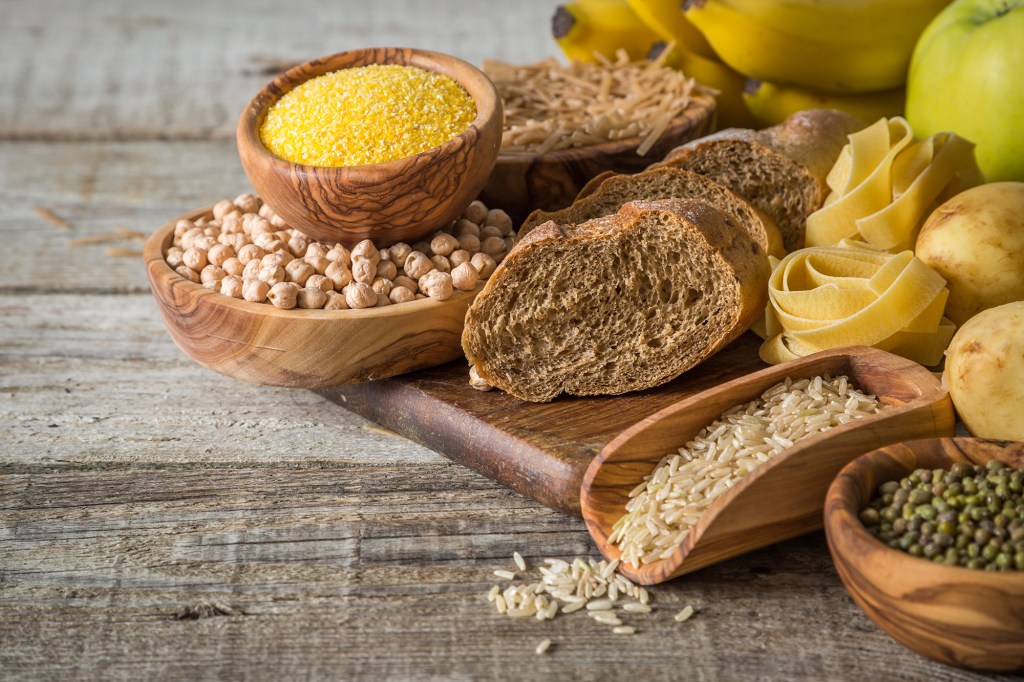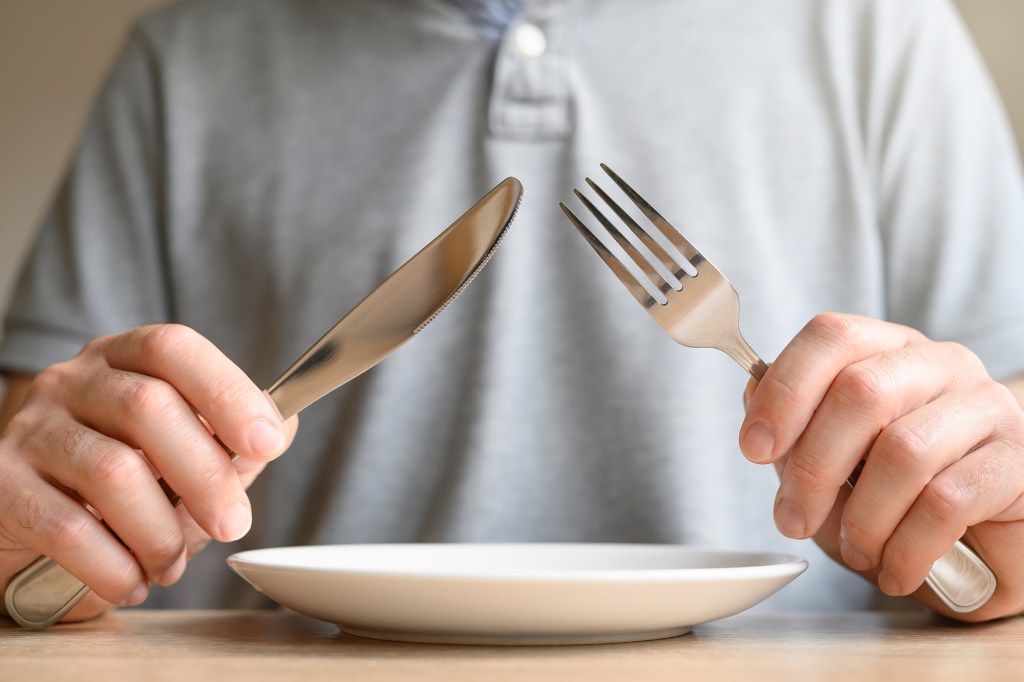Time to go against the grain?
The good vs. bad carbs debate has long plagued foodies, and new research published in Frontiers in Nutrition reveals which carbs to choose when you eat.
“It’s tempting to think of all carbohydrate foods as interchangeable,” study author Keith Ayub, professor emeritus at Albert Einstein College of Medicine in the Bronx, said in a statement.
But these foods fall into different food groups, perhaps most importantly, because they have very different vitamin and mineral contents.
His study found that replacing starchy vegetables like potatoes with grain-based foods like rice and whole-wheat bread for just one day resulted in a 21% reduction in potassium, 17% in vitamin B6, 11% in vitamin C, and 11% in fiber. 10 percent
Ayoub created two models of a day’s menu: one focused on starchy vegetables (a serving of hash browns at breakfast and a baked potato at dinner) and one with grains (instead of potatoes with whole-wheat bread at breakfast and white rice at dinner). ).
Compared to starchy vegetables, grains have less potassium and vitamin C, but provide higher amounts of thiamin, zinc and vitamin E, Ayoub noted in his findings.
Many starchy vegetables are good sources of potassium (for example, a medium potato provides 15%. [daily value]). Consuming grains instead of starchy vegetables may widen the gap between recommended and actual potassium intake.
A significant decrease in fiber intake (10%) also occurred when cereals were substituted for potatoes. This finding reinforces the need to include starchy vegetables and whole grains in the diet.

The Dietary Guidelines for Americans recommend that most adults eat 5 cups of starchy vegetables each week.
Starchy vegetables:
- breadfruit
- Burdock root
- cassava
- corn
- jicama
- lima beans
- Lotus root
- Plane tree
- Salsify
- tapioca
- turnip
- Blue chestnut
- White potatoes
- yams
- Yucca
Ayoub stated the limitations of his study that potato was the only starchy vegetable included in the menu modeling, which covered only one day.
Modeling done with other starchy vegetables over 7 days or more may yield different results.
He noted that starchy vegetables have nutrient profiles that are distinct from grain foods that should be addressed in dietary guidelines.
As is often the case in the world of nutrition, the guidance boils down to balance, variety, and moderation, which may sound boring, but all three work for most people’s eating styles.
It’s important to get the right mix of vegetables and grains and include both starchy and non-starchy vegetables to ensure our macronutrient and micronutrient needs are met.
#Scientist #Solves #Good #Carbs #Bad #Carbs #Debate #Heres #Eating
Image Source : nypost.com

